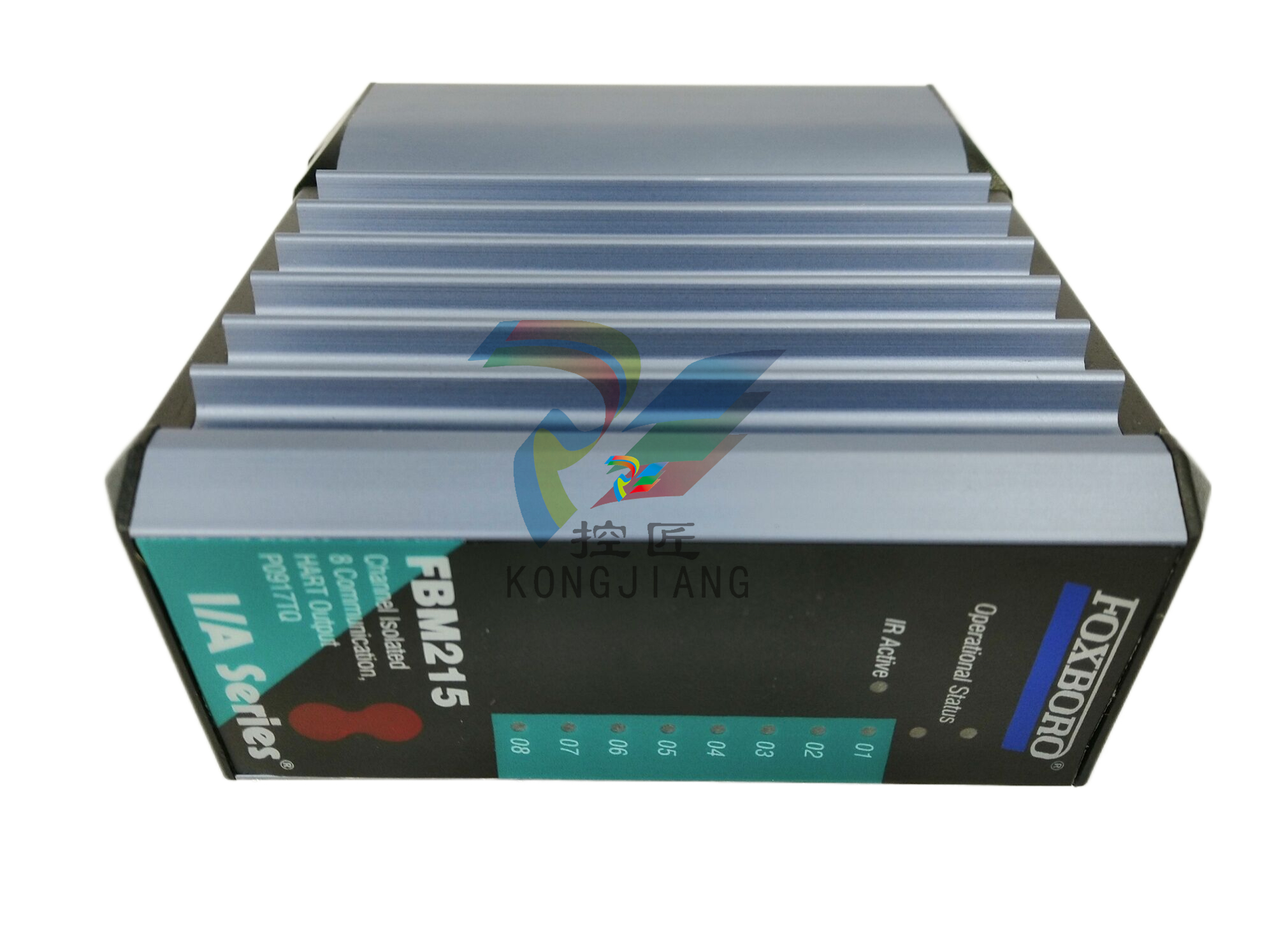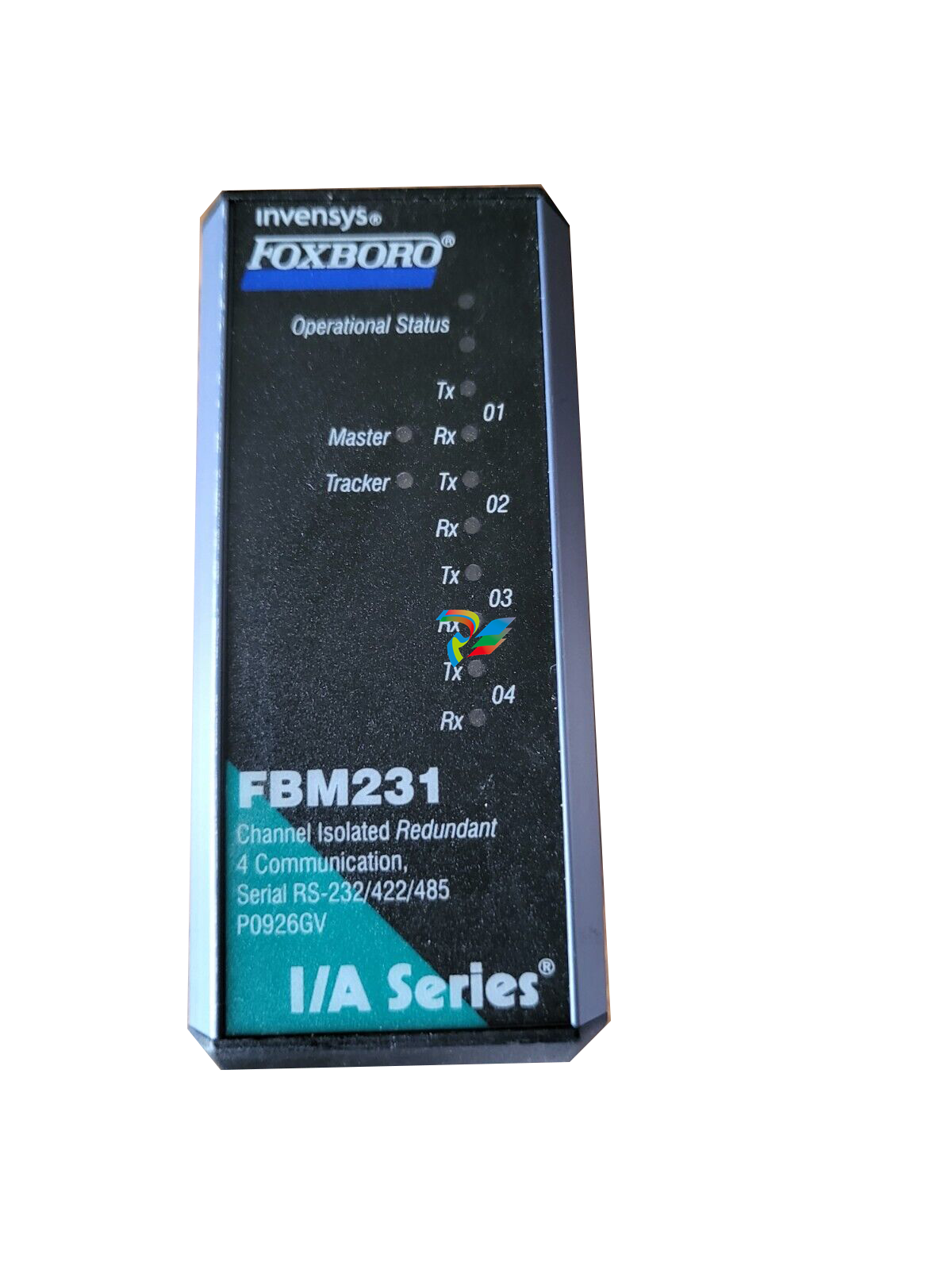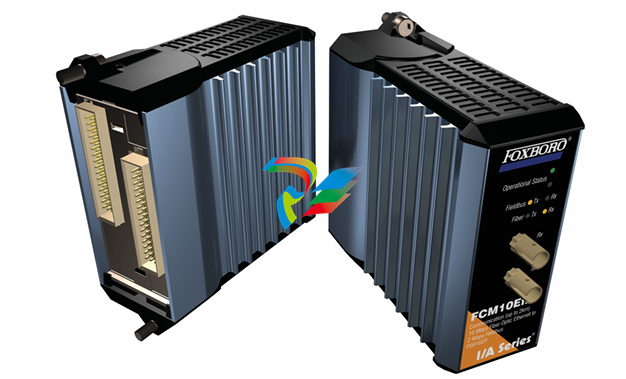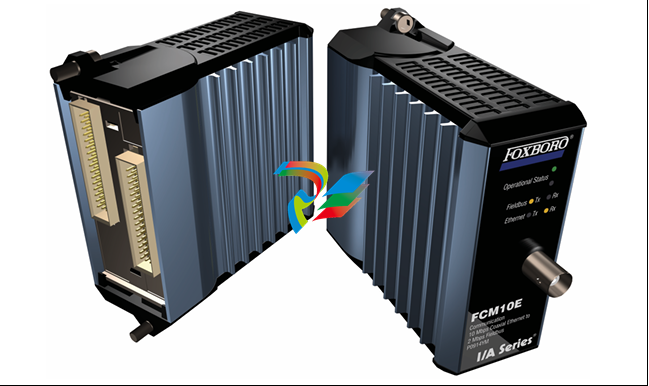
A-BEasyLine Continuous Gas Analyzers Models EL3020, EL3040 Software Version 3.3
Basic Steps
The following basic steps should be followed for the installation and
commissioning of the gas analyzer:
1 Please note the information on the intended application (see page 9).
2 Follow safety precautions (see page 10).
3 Prepare for the installation, provide the requisite material (see
page 14).
4 Unpacking the gas analyzer (see page 41).
5 Check sample gas path seal integrity (see page 119).
6 Install the gas analyzer (see page 66).
7 Connect the gas lines (see page 67).
8 Connect the electrical leads (see page 79).
9 Check the installation (see page 90).
10 Purge the sample gas path (see page 91).
11 Start up the gas analyzer (see page 92).
12 Configure the gas analyzer.
Intended Application
Intended Application of the Gas Analyzer
The gas analyzer is designed for continuous measurement of the
concentration of individual components in gases or vapors.
Any other use is not as specified.
The specified use also includes taking note of this operator's manual.
The gas analyzer may not be used for the measurement of ignitable
gas/air or gas/oxygen mixtures.
The gas analyzer version with stainless steel gas lines and gas
connections (EL3020 and EL3040 models) may be used for the
measurement of flammable gases1
and vapors in a non-hazardous
environment, The special requirements for the measurement of
flammable gases (see page 39) must be complied with. The oxygen
sensor and the modules of the integrated gas feed (Option "Integrated
Gas Feed" – only in the EL3020 model, not with Limas23, ZO23,
Fidas24) may not be used for the measurement of flammable gases.
The explosion-proof version of the gas analyzer with degree of protection
II 3G (see page 40) (EL3040 model) may be used for the measurement
of non-flammable gases and vapors in a hazardous environment.
NOTE
The version for the measurement of flammable gases and vapors and the
explosion-proof version with degree of protection II 3G are different
versions of the gas analyzer and designed for different applications.
Safety Information
Requirements for Safe Operation
In order to operate in a safe and efficient manner the device should be
properly handled and stored, correctly installed and set-up, properly
operated and correctly maintained.
Personnel Qualifications
Only persons familiar with the installation, set-up, operation and
maintenance of comparable devices and certified as being capable of
such work should work on the device.
Special Information and Precautions
These include
The content of this operator's manual,
The safety information affixed to the device,
The applicable safety precautions for installing and operating
electrical devices,
Safety precautions for working with gases, acids, condensates, etc.
National Regulations
The regulations, standards and guidelines cited in this operator's manual
are applicable in the Federal Republic of Germany. The applicable
national regulations should be followed when the device is used in other
countries.
Device Safety and Safe Operation
The device is designed and tested in accordance with the relevant safety
standards and has been shipped ready for safe operation. To maintain
this condition and to assure safe operation, read and follow the safety
information in this operator's manual. Failure to do so can put persons at
risk and can lead to device damage as well as damage to other systems
and devices.
Protective Lead Connection
The protective lead (ground) should be attached to the protective lead
connector before any other connection is made
Risks of a Disconnected Protective Lead
The device can be hazardous if the protective lead is interrupted inside or
outside the device or if the protective lead is disconnected.
Risks Involved in Opening the Covers
Current-bearing components can be exposed when the covers or parts
are removed, even if this can be done without tools. Current can be
present at some connection points.
Risks Involved in Working with an Open Device
All work on a device that is open and connected to power should only be
performed by trained personnel who are familiar with the risks involved.
When Safe Operation can no Longer be Assured
If it is apparent that safe operation is no longer possible, the device
should be taken out of operation and secured against unauthorized use.
The possibility of safe operation is excluded:
If the device is visibly damaged,
If the device no longer operates,
After prolonged storage under adverse conditions,
After severe transport stresses.
WARNING EXPLOSION HAZARD
Substitution of components may impair suitability for Class I, Division 2.
I/O connectors must only be connected to Class 2 circuits
Fidas24: Information on the safe operation of the gas analyzer
ATTENTION
The gas analyzer uses hydrogen as a combustion gas!
All the information and instructions contained in this operator's manual
must be complied with without fail to ensure safe operation of the gas
analyzer!
Measures of the manufacturer
The following measures ensure that the enrichment of combustion gas or
an explosive mixture of combustion gas and ambient air cannot occur
inside the gas analyzer during normal operation:
The seal integrity of the combustion gas feed path is checked for a
leakage rate of < 1 × 10–4 hPa l/s before delivery.
The combustion gas/air mixture (before and after the ignition point) is
diluted in the detector with compressed air.
The combustion gas feed is not connected to the supply during startup until the internal nominal pressures have been set.
The combustion gas feed is switched off if the internal nominal
pressures cannot be set during the ignition phase (e.g. because of
insufficient compressed air or combustion air feed).
The combustion gas feed is switched off after several unsuccessful
ignition attempts.
If the flame goes out during operation the combustion gas feed is
switched off if the following ignition attempts are unsuccessful.
The interior of the gas analyzer is not assigned to an (explosion
protection) zone; no explosive gas mixture can escape from it to the
outside.
Conditions to be complied with by the end user
The end user must comply with the following prerequisites and conditions
to ensure safe operation of the gas analyzer:
The gas analyzer may be used for the measurement of flammable
gases provided that the flammable portion does not exceed
15 vol.% CH4 or C1 equivalents.
The relevant safety regulations for working with flammable gases
must be complied with.
The gas connection diagram (see page 64) must be complied with
when connecting the combustion gas and combustion air.
The combustion gas feed path in the gas analyzer may not be
opened! The combustion gas feed path can become leaky as a result!
Escaping combustion gas can cause fires and explosions, also
outside the gas analyzer!
If the combustion gas feed path in the gas analyzer has been opened,
however, it must always be checked for seal integrity (see page 118)
with a leak detector after it has been sealed again (leakage rate
< 1 × 10–4 hPa l/s).
The seal integrity of the combustion gas line (see page 116) outside
the gas analyzer and the combustion gas feed path (see page 118) in
the gas analyzer must be checked on a regular basis.
The maximum combustion gas flow (see page 30) may not be
exceeded.
The maximum pressures of combustion gas and combustion air (see
page 30) may not be exceeded.
The combustion gas flow rate must be limited to a maximum of
10 l/h of H2 or 25 l/h of H2/He mixture. For this purpose, the end user
has to provide suitable measures (see page 30) outside the gas
analyzer.
A shut-off valve (see page 30) must be installed in the combustion
gas supply line to increase the safety in the following operating
states:
Shutting down the gas analyzer,
Failure of the instrument air supply,
Leakage in the combustion gas feed path inside the gas analyzer.
This shut-off valve should be installed outside the analyzer house in
the vicinity of the combustion gas supply (cylinder, line).
If there is no automatic shut-off of the combustion gas supply to the
gas analyzer in case of an instrument supply failure, a visible or
audible alarm must be triggered (see page 129).
When measuring flammable gases, it must be made sure that in case
of a failure of the instrument air supply or of the analyzer module itself
the sample gas supply to the analyzer module is shut off and the
sample gas path is purged with nitrogen.
The unobstructed exchange of air with the environment must be
possible around the gas analyzer. The gas analyzer may not be
directly covered. The openings in the housing towards the top and at
the side may not be closed. The distance to laterally adjacent built-in
components must be at least 4 mm.
If the gas analyzer is installed in a closed cabinet, adequate ventilation of the cabinet must be provided (at least 1 change of air per
hour). The distance to adjacent built-in components towards the top
and at the side must be at least 4 mm
Scope of Supply and Delivery
Scope of Supply and Delivery
Gas analyzer model EL3020 (19-inch housing) or model EL3040
(wall-mount housing)
Screwed fittings with tubing connectors for the connection of flexible
tubes
Mains lead (see page 88), length 5 m
Mating plugs (socket housing) for the electrical connection of the
I/O modules (attached to the terminals of the I/O modules)
Screwdriver (required for attaching the electric lines in the mating
plugs)
Micro-porous filter (see page 67) (pre-assembled)
CD-ROM "Software tools and technical documentation" with software
tools and technical documentation
CD-ROM "Spare parts analytical" with information on spare parts
Instructions in brief for Installation, Commissioning and Operation
Analyzer data sheet
Fidas24:
Mains lead, length 5 m, with 4-pin socket connector and separate
grounding connector for the power supply to the heating of the
detector and the heated sample gas connection
Accessories pack with fittings and O-rings for connection of the
sample gas line
Exhaust pipe with fitting nut and compression fitting
Material Required for the Installation (not supplied)
Gas Connections
For the connection of pipelines: Threaded connections with a 1/8 NPT
thread and PTFE sealing tape
Fidas24: Use only metal threaded connectors!
Fidas24: Gas lines
Process gases, test gases and waste air
PTFE or stainless steel tubes with 4 mm inside diameter and
PTFE or stainless steel tube with at least 10 mm inside diameter for
waste air
Tube fittings
Pressure regulator
Flow restrictor in the combustion gas supply line (see page 30)
Shut-off valve in the combustion gas supply line (see page 30)
Sample gas
Heated sample gas line (recommended: TBL 01) or
unheated sample gas line (PTFE or stainless steel tube with
inside/outside diameter 4/6 mm).
The fittings and O-rings required for the connection are included in
the scope of supply and delivery of the gas analyzer.
Flowmeter/Flow Monitor
Flowmeter or flow monitor with a needle valve for adjustment and
monitoring of the sample gas flow rate and purge gas flow rate if
required
Notes for the selection and use of flowmeters:
Measuring range 7…70 l/h
Pressure drop < 4 hPa
Needle valve open
Recommendation: Flowmeter 7…70 l/h, Part Number 23151-5-
8018474
Shut-off Valve
Install a shut-off valve in the sample gas line (definitely recommended
with pressurized sample gas).
Purging of the gas line system
Provide a means for purging the gas line system by feeding in an
inert gas, e.g. nitrogen, from the gas sampling point.
Installation Material
19-inch Case (Model EL3020)
4 oval head screws (Recommendation: M6; this depends on the
cabinet/rack system)
1 pair of mounting rails (Design depends on the cabinet/rack system),
length approx. 240 mm corresponding to approx. 2/3 of the case
depth
Wall-mounting Case (Model EL3040)
4 screws M8 or M10
Signal Lines
Select conductive material which is appropriate for the length of the
lines and the predictable current load.
Notes concerning the cable cross-section for connection of the
I/O modules:
The max. capacity of terminals for stranded wire and solid wire is
1 mm2
(17 AWG).
The stranded wire can be tinned on the tip or twisted to simplify
the assembly.
When using wire end ferrules, the total cross-section may not be
more than 1 mm2
, i.e. the cross-section of the stranded wire may
not be more than 0.5 mm2
. The PZ 6/5 crimping tool of
Weidmüller & Co. must be used for crimping the ferrules.
Max. length of the RS485 leads 1200 m (max. transmission rate
19200 bit/s). Cable type: 3-core twisted-pair cable, cable crosssection 0.25 mm2
(e.g. Thomas & Betts, Type LiYCY).
Max. length of the RS232 leads 15 m.
Power Supply Lines
If the supplied mains lead is not used, select conductive material
which is appropriate for the length of the lines and the predictable
current load.
Provide a mains isolator or a switched socket-outlet, in order to be
able to disconnect all the power from the gas analyzer if required.
Requirements for the Installation Site, Power Supply
NOTE
For the analyzers ZO23 and Fidas24 the information contained in the
sections "ZO23: Preparation for Installation" (see page 25) or "Fidas24:
Preparation for Installation (see page 30)" must be considered in addition.
Requirements for the Installation Site
The gas analyzer is only intended for installation indoors.
The max. altitude of the installation site may not exceed 2000 m above
sea level.
The installation site must be stable enough to bear the weight of the gas
analyzer!
To ensure safe installation and removal, we recommend that the 19-inch
housing is supported in a cabinet or rack with slide rails!
Short gas paths
Install the gas analyzer as close as possible to the sampling location.
Install the gas conditioning and calibration modules as close as possible
to the gas analyzer.
Adequate air circulation
Provide for adequate natural air circulation around the gas analyzer.
Avoid heat build-up.
Mount (see page 66) several 19-inch housings with a minimum spacing of
1 height unit between housings.
Protection from adverse conditions
Protect the gas analyzer from:
Cold
Exposure to heat from e.g. the sun, furnaces, boilers
Temperature variations
Strong air currents
Accumulation of dust and ingress of dust
Corrosive atmospheres
Vibrations













































.jpg)
.jpg)
.jpg)





.jpg)



.png)
.jpg)

.jpg)
_lVjBYb.jpg)

.jpg)
.jpg)



.jpg)
.jpg)





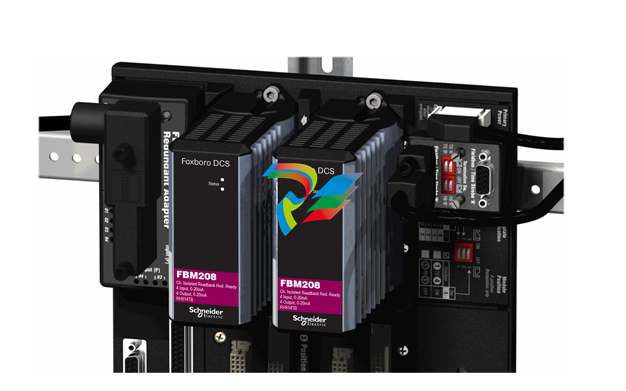
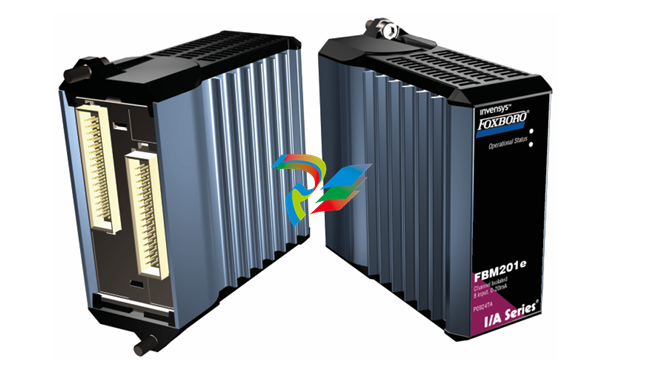
.jpg)
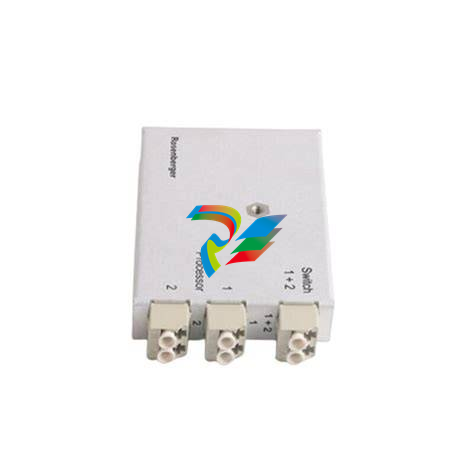
.jpg)
.jpg)
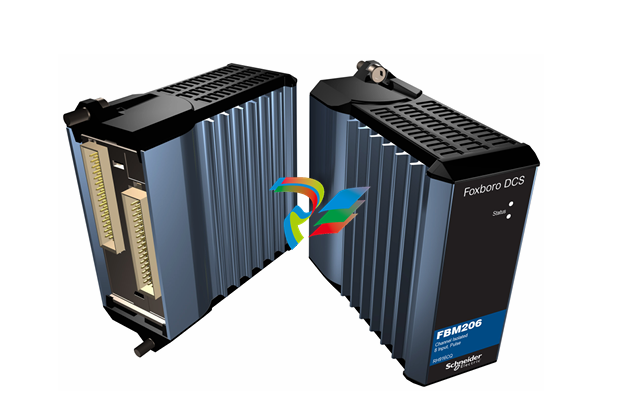
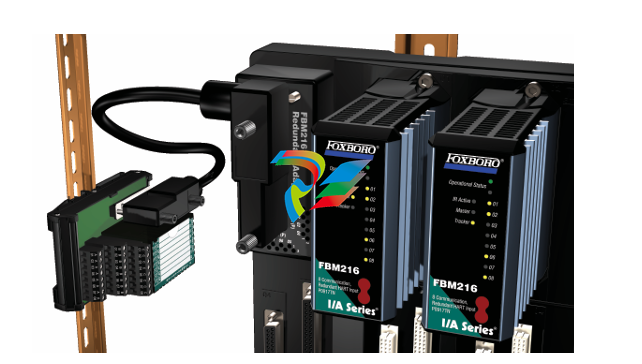
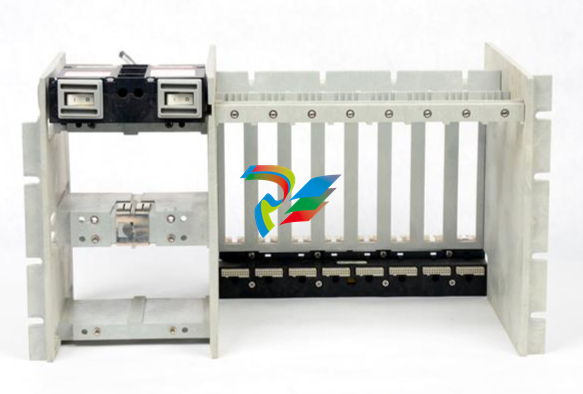
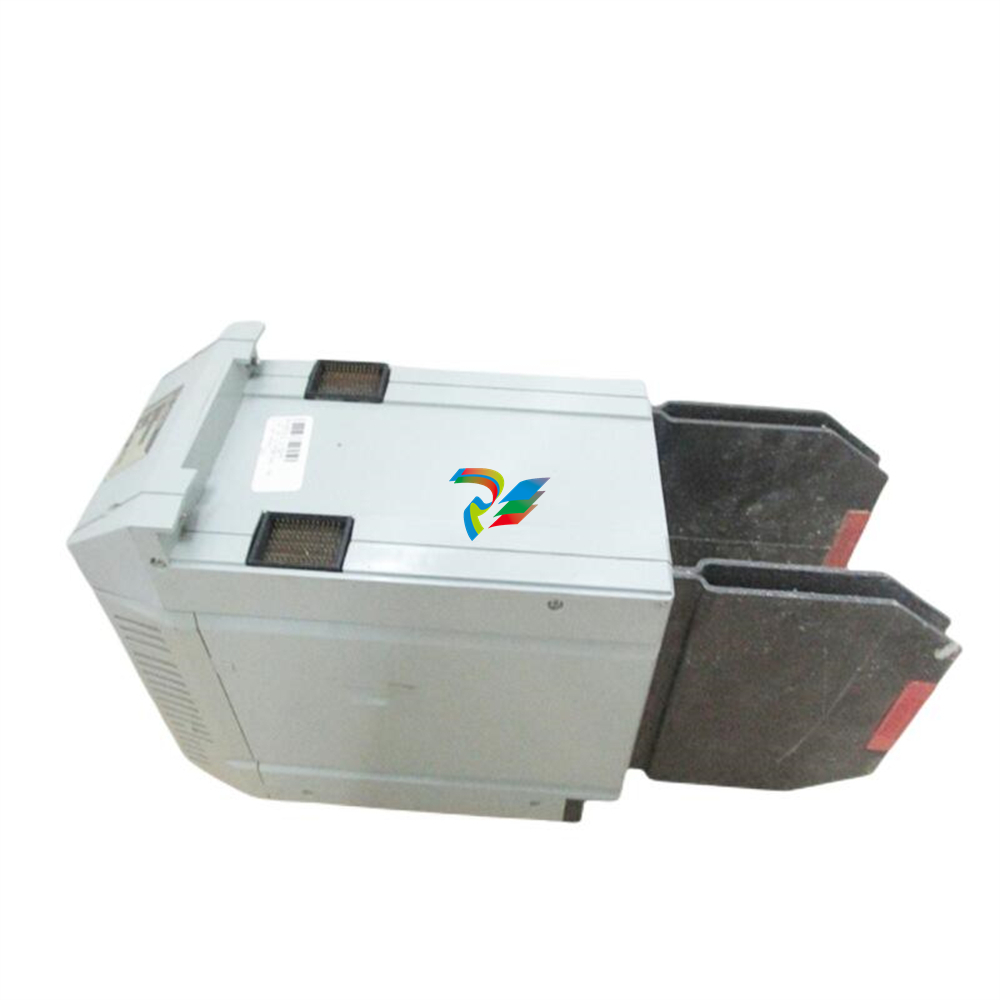
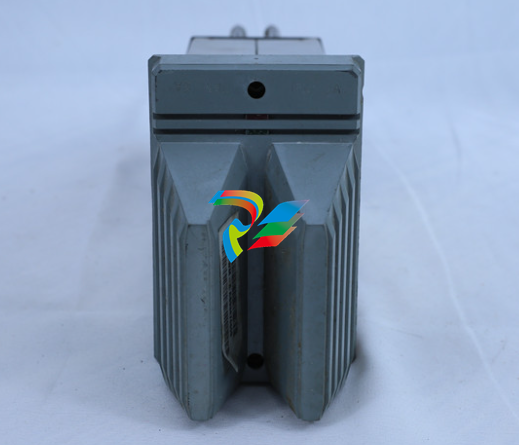
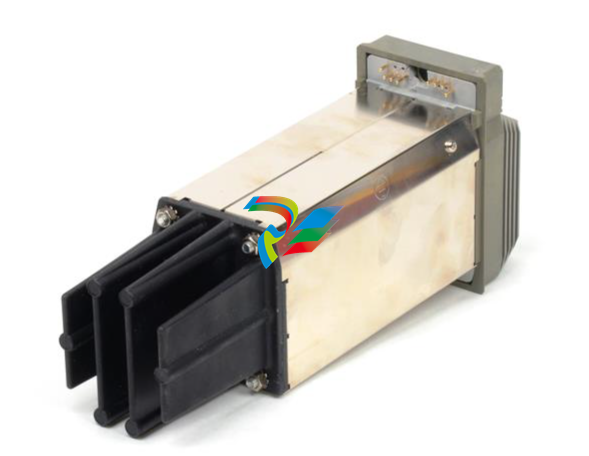
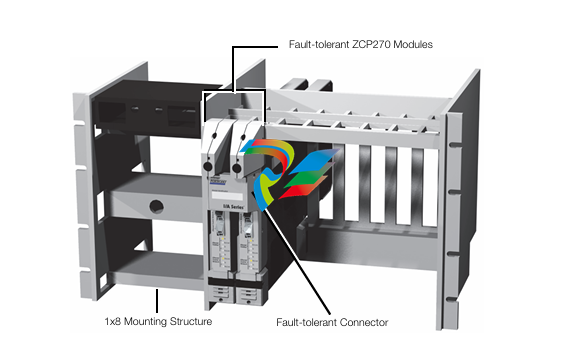
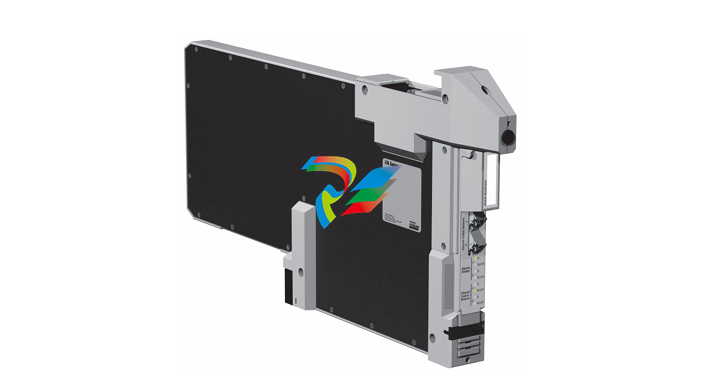
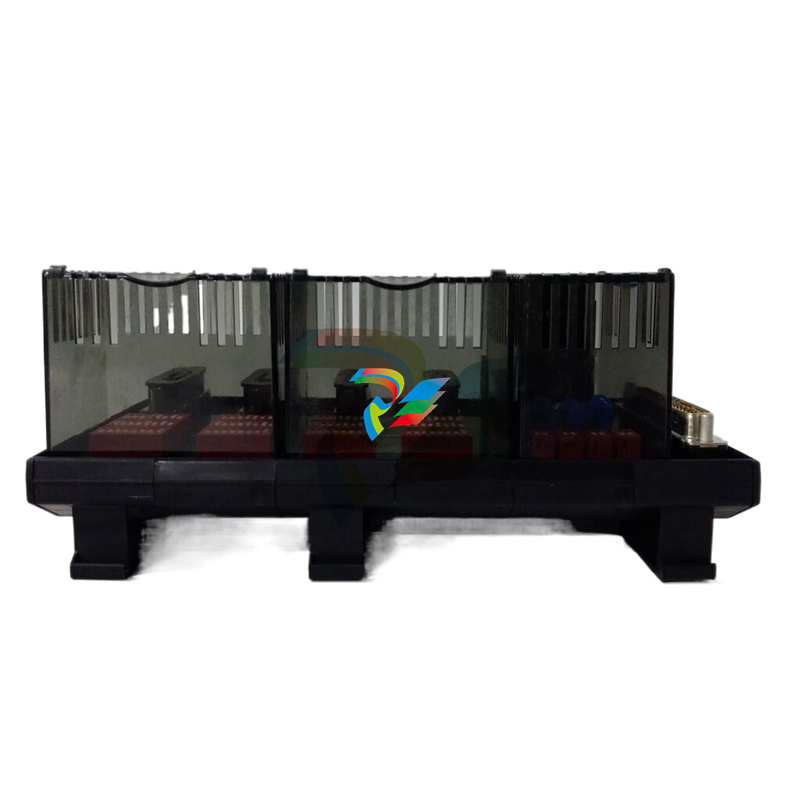
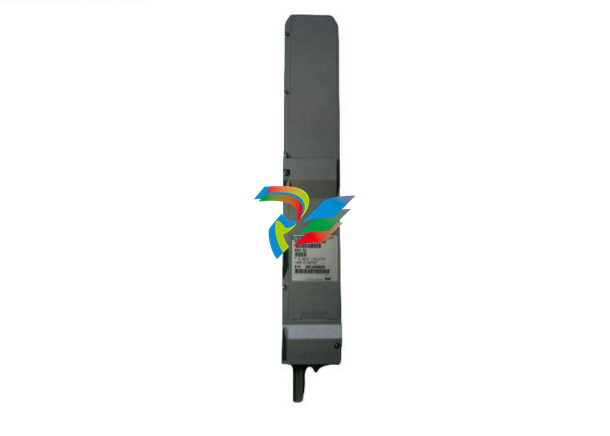
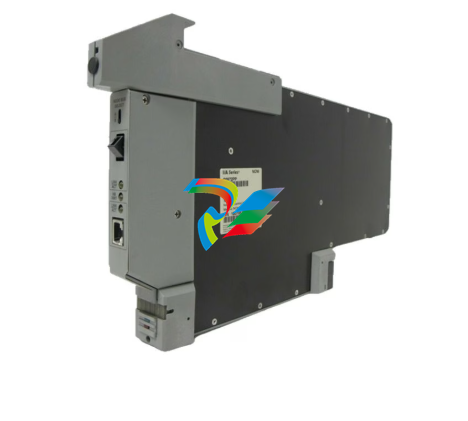
.jpg)
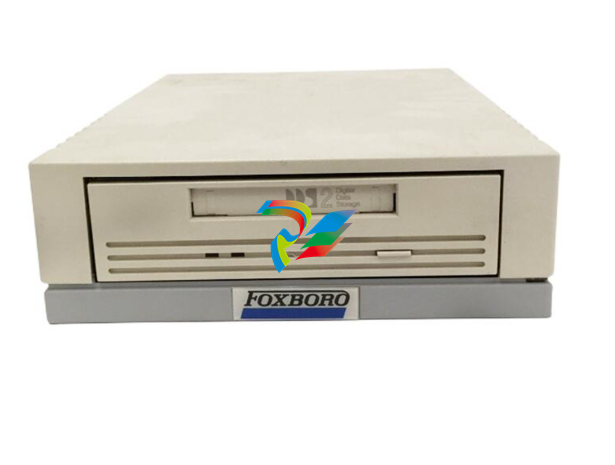
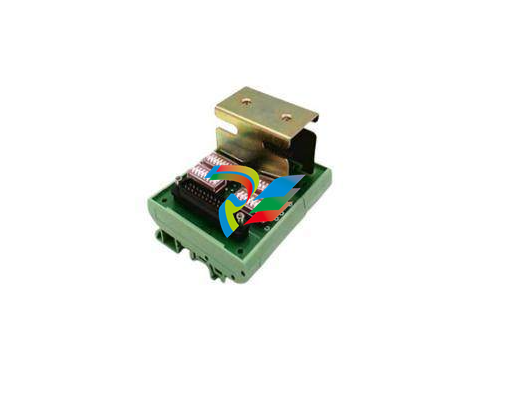
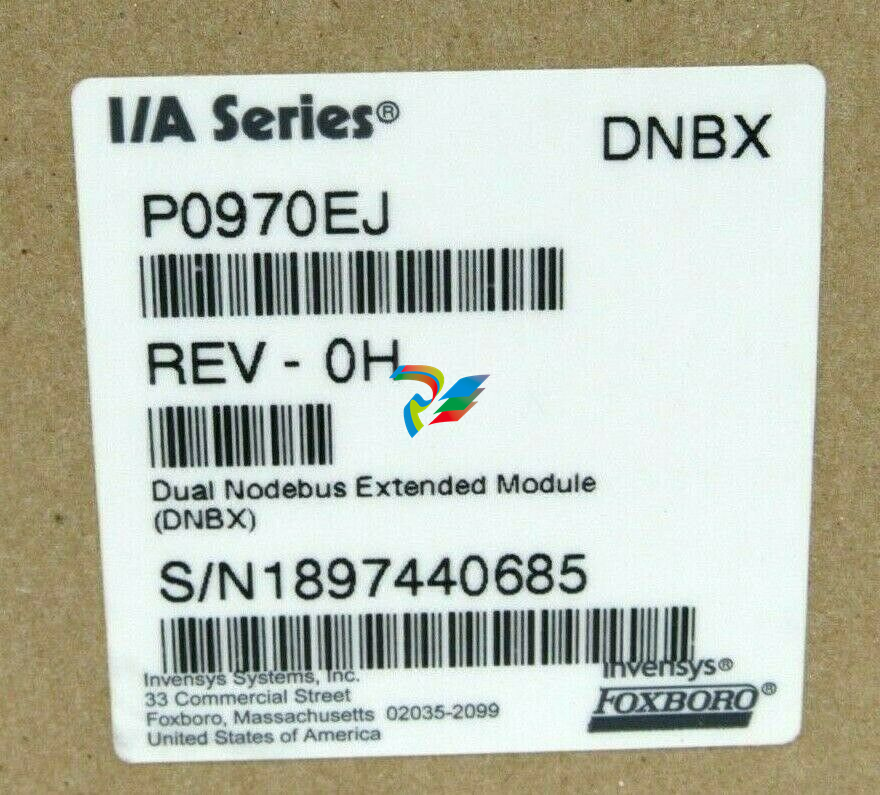
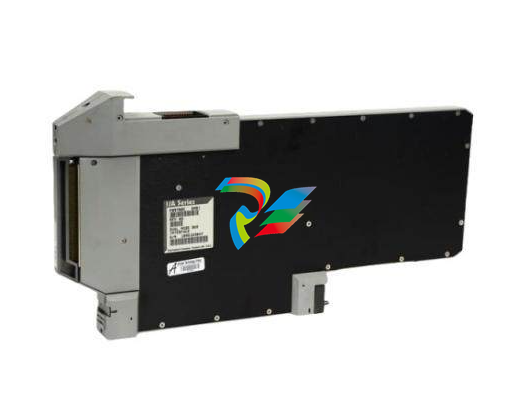
.jpg)
.jpg)
.jpg)
.jpg)
.jpg)
.jpg)
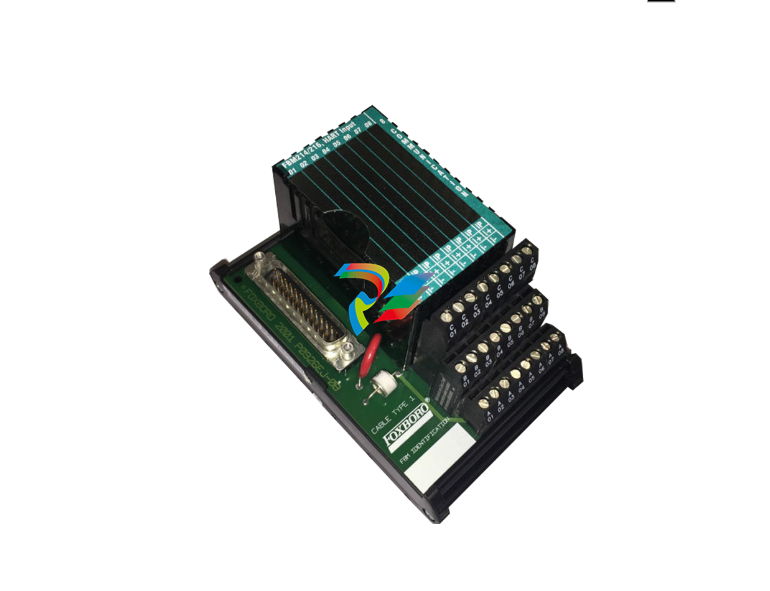
.jpg)
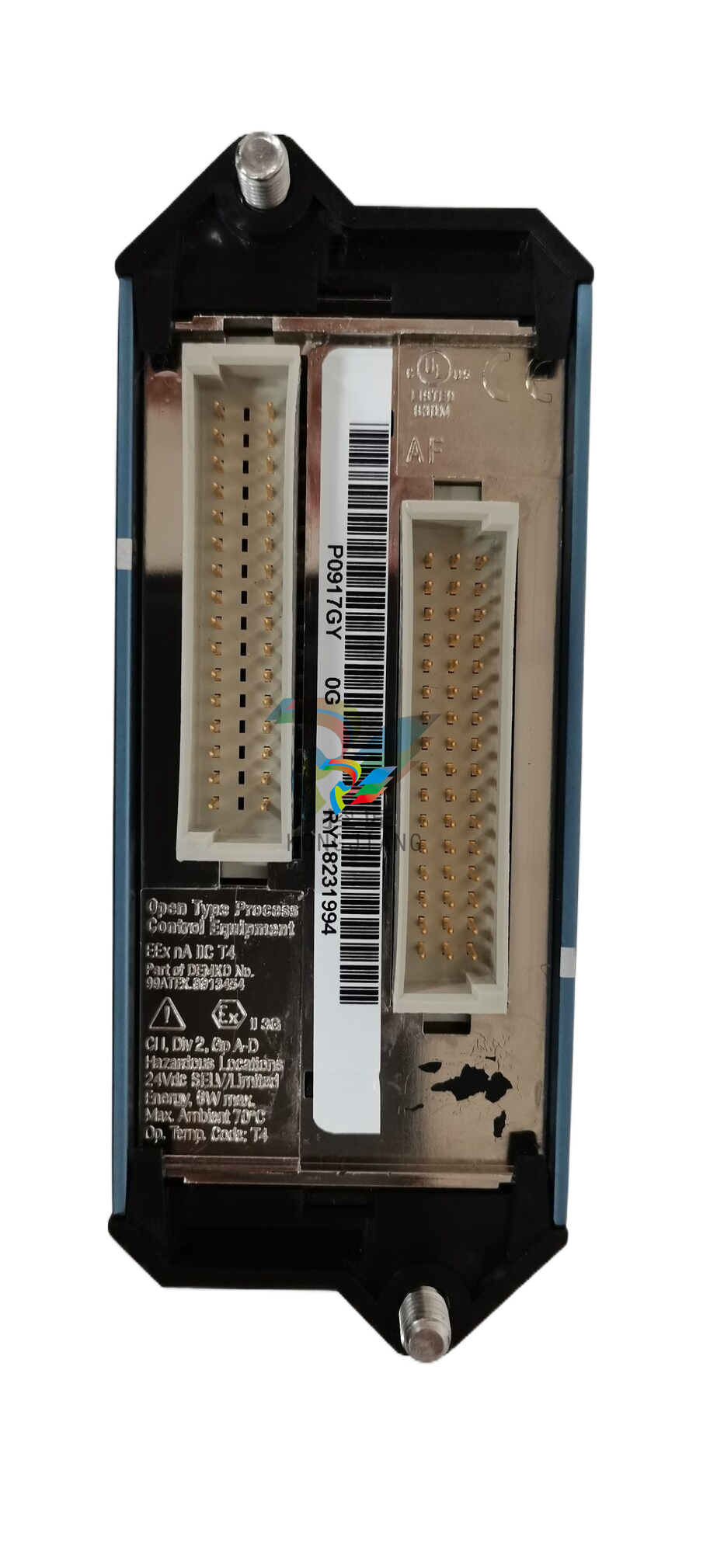
.jpg)
.jpg)
.jpg)
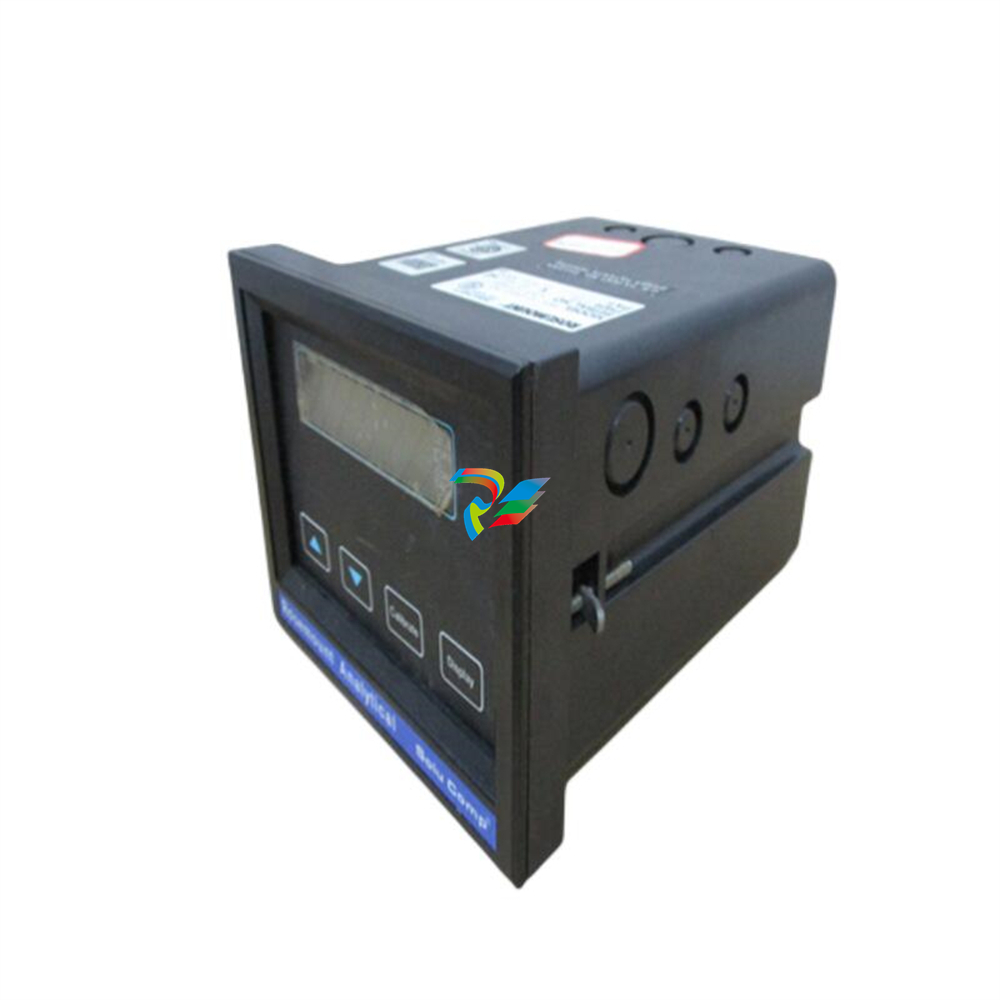
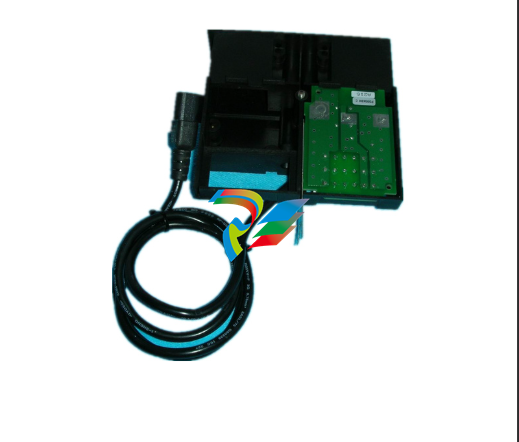
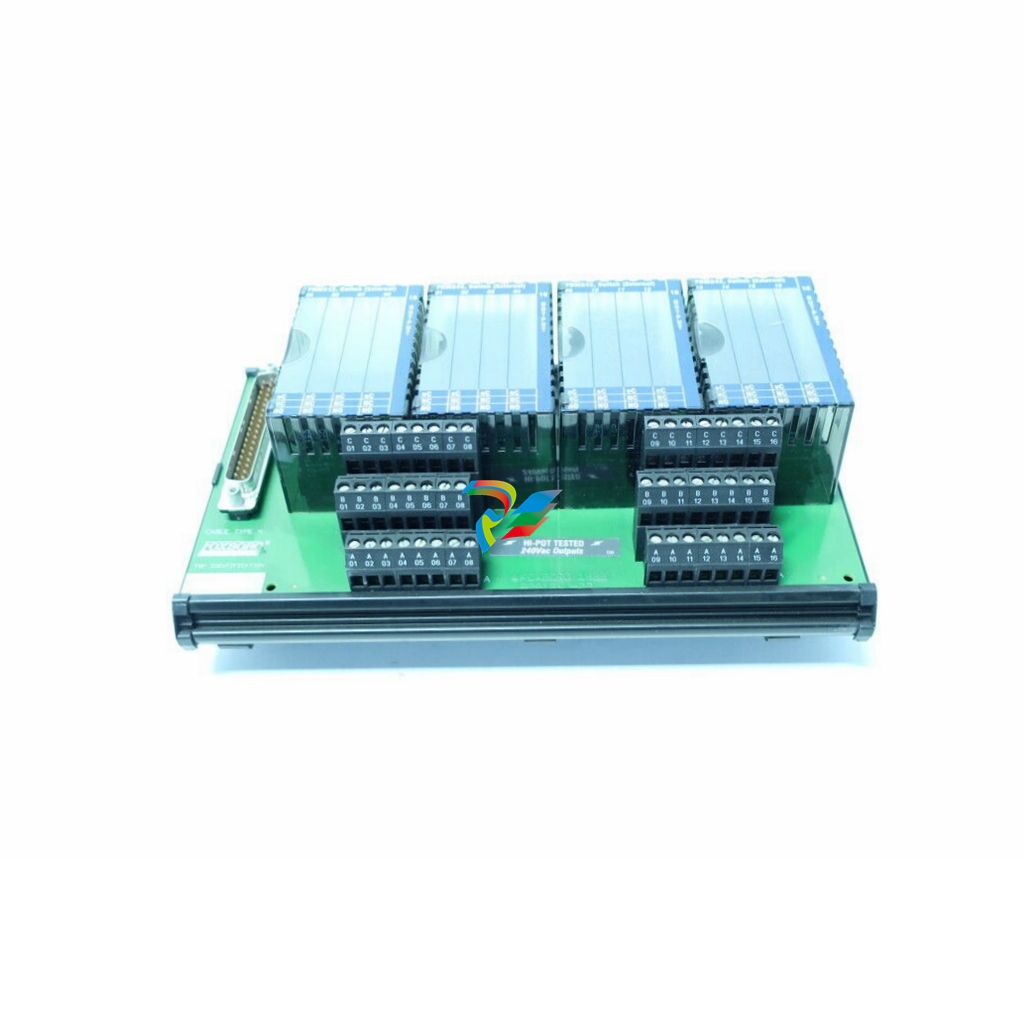
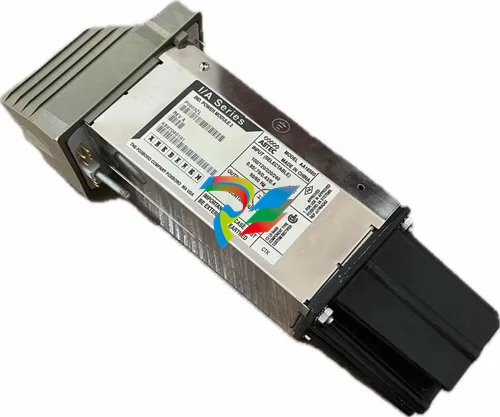
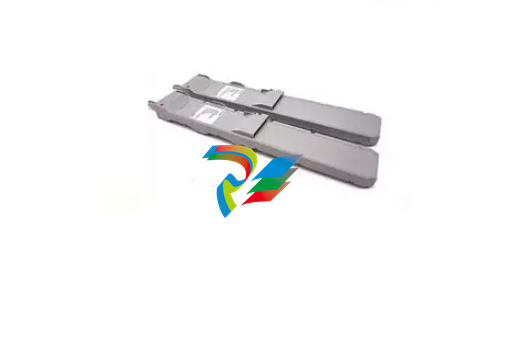
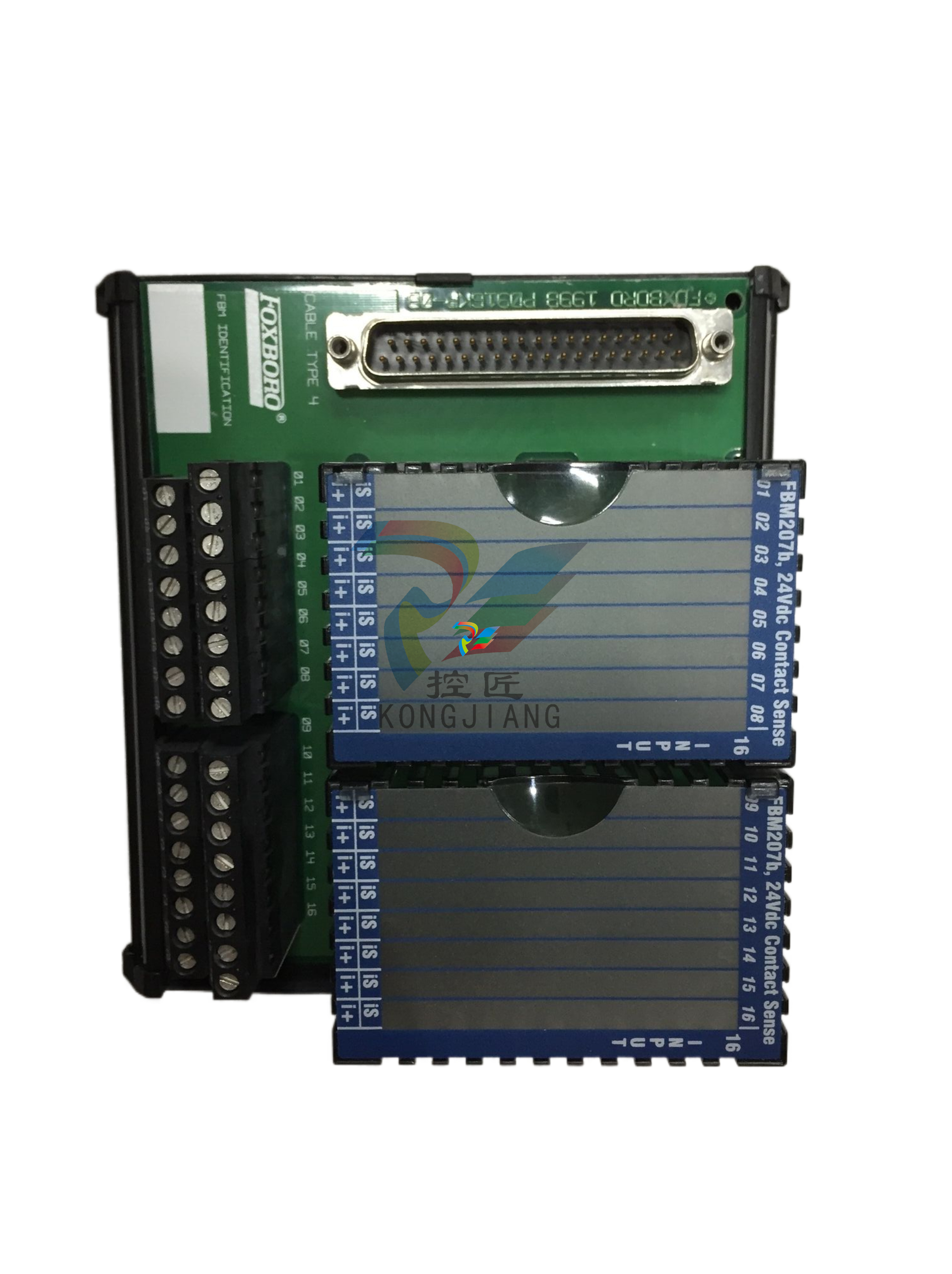
.jpg)
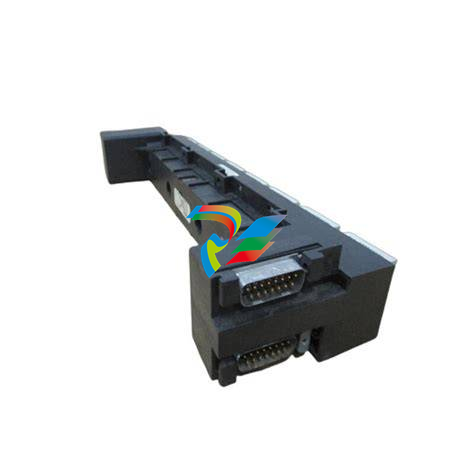
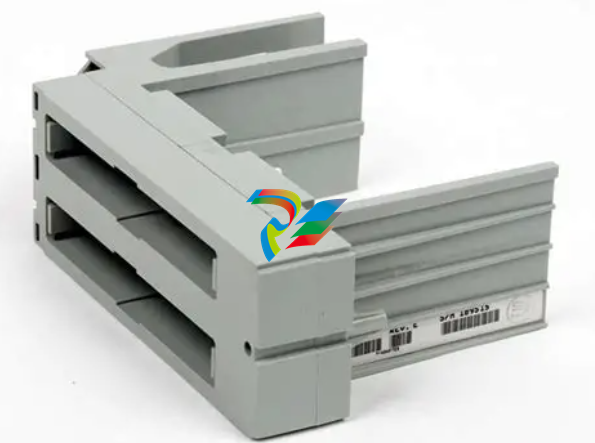
.jpg)
